Various people have called us liberal, progressive or modern parents, as if it were an insult. I’ll accept unconventional.
We never married, but then neither do a lot of couples these days, either on principle or because they never got around to it (in our case it was a bit of both). We supported our child when the powers that be were more interested in deciding which particular category of problem to file her under. When she found her true self under a different gender we dedicated ourselves to seeing her fulfilled and adjusted our work lives accordingly. And we never stopped being there for her, even after we died.
Steph and I met in our early twenties when we both began working at the same bank after university. We shared similar tastes in music and started going to festivals together, confessed our love and eventually had David.
David was always different. He loved to draw, but less in the usual “Mummy and Daddy’s House” style, more in intricate, abstract patterns that most people dismissed as a mess but which seemed to make sense to him. If you asked him he would give quite eloquent answers about what he’d drawn, if you squinted you might even see recognisable images. But it worried Steph’s Mum, who just wished David would paint zoo animals like a normal child.
When David started school he was enthusiastic about the idea, but his relationship with formal education was all downhill from there. He never mixed well with the other children and gained a reputation as a troublemaker for asking too many of the wrong questions in class. He became increasingly withdrawn, refused to engage with lessons he didn’t see the purpose of and began carrying around heavy reading books which he would sink himself into at frequent intervals. When the books were confiscated, he’d draw in his exercise books instead. He was academically capable in spite of all this – his grades in Maths, History and RE were top notch, to the annoyance of the teachers who daily struggled to get him onside in other subjects. If David was interested in learning a subject he would, but it had to be on his own terms.
When he got into trouble, he became very upset. He would complain loudly about how he had just tried to follow the rules and refused to accept consequences, escalating the conflict. When he calmed down, he’d sink into depression, telling us he never wanted to upset people, that he tried to take himself out of situations and treat people calmly but they would just pursue him and force him to be someone he didn’t like. It was around this time that the image of Triana began appearing in the pages of his exercise books, first in drawings, then in pages and pages of neatly written diary entries in the first person. “I think she’s me,” he told us, in a calm moment.
Triana remained a concept for just under a year, until David was home sick one day and we returned from work to find him wearing one of Steph’s dresses and a pair of leggings, calmly watching TV and looking happier than we had ever seen him. He spoke softly with a calm confidence he had never had previously, when Steph asked if we were speaking to Triana he – or rather, she – confirmed that we were.
We told David that Triana was welcome to come out anytime she wanted and even bought him some girls’ clothes in the right size so he could play dress up. We thought maybe it was a phase, a coping mechanism we could entertain for a while, but that was the last we saw of David. From then on he became Triana full time and it was like watching a caterpillar emerge as a butterfly. Triana was confident and happy in a way David never was. The anger and frustration was gone and conversation came much more easily. So now we had a daughter, one that we’d had all along without knowing.
When the time came to go back to school she wanted to go as Triana in girl’s uniform, but the school would have none of it, insisting that she attend as a boy, as David. The very thought sent her into despair and we had no confidence in the school at that point anyway, sending David back would just be undoing all the progress he’d made as Triana. So Steph and I made the decision to homeschool Triana and moved to part time work schedules so one of us would always be home to teach her. By this point we’d saved enough money to soften the hit in income and had investments we could continue to trade on the side.
Triana loved the idea. Even though she was homeschooling on her own she wanted to have a uniform to wear – she said getting dressed for school helped give the day structure, so we let her design her own school uniform which we put together from standard items. Having designed her own basic uniform, she collected variations on the same theme and changed the colours from time to time, but she always wore school clothes for studying and got changed into casual clothes as soon as the working day was over. It was important to her to maintain some kind of consistency in her day to day activities.
As it turned out, Triana taught us as much as we taught her, we learned together. She shot through the books we bought and aced the online tests, as she progressed beyond what we could teach her we hired some private tutors to help us out. She started a blog to record her studies and joined a message board to communicate with other homeschooled children, where she found a community of friends neither David nor Triana had ever had before. They swapped ideas, did projects together and chatted socially, which was helpful both for her and us as we got to communicate with other parents in similar situations.
Triana had a fascination with science, religion and philosophy. She didn’t want to go to church or take up a religion, but she did want to know about them, to understand different viewpoints. She had the idea for a project where she would speak to representatives of different religions and write up the interviews in her blog, so we reached out to various organisations around town, most of whom were happy to meet her. A lot of them got a shock when she turned up with a list of heavyweight questions which she would put to them politely, respectfully and very, very firmly, following up their answers with deep probing. Quite a few found reasons to end the interview once they realised their standard youth engagement answers weren’t going to cut it with Triana, but a select few were happy and willing to engage her in conversation and stayed in touch in the comments when Triana posted up the reports on her blog. She was particularly taken by a Hindu priestess who told her about the feminine power of Shakti.
“Keep doing what you’re doing,” she told Triana, “it is very important to learn from as many sources as possible. But never forget that religion is sent by the divine and corrupted by men. To find what you are looking for, you will need to separate the two.”
Late one night, around 2am, we were awoken by the sound of the back door opening. We went down to investigate, to find Triana lying face up in the back garden gazing up into the sky. She must have been freezing down there, the ground was wet from recent rain and the mud was soaking through her pyjamas. When she heard us approach she smiled. “Come and look,” she said.
Steph and I looked at each other, shrugged and lay down in the mud next to our daughter, looking up at the night sky.
It was a clear, starry night with the constellations fully visible. I recognised the main ones like Orion and the Great Bear, along with Jupiter, Mars and the North Star, but Triana was looking further, pointing out distant clusters that appeared to be wispy clouds until you focused long enough for them to form into stars. As our eyes became used to the darkness, more and more stars appeared until we were looking at an endless array of lights.
“Now look either side,” said Triana. Sure enough, the stars were concentrated in a massive band across the sky with relative darkness on either side. You had to be looking for it to notice it, but the pattern was there.
“That’s our galaxy,” said Triana, “seen from the edge, looking towards the centre. All those stars are just in our galaxy, each one has its own solar system. Outside of our galaxy are billions and billions more, all with masses of stars and solar systems of their own, too far away to ever visit. But we don’t need to, because as big as all this is, the patterns are in the smallest part of it too. Including us.”
We were used to Triana’s deep discussions by now, but this one seemed significant.
“All those people we went to see in all the different churches, I wanted to know what it was that linked them all. There are things that kept cropping up even when the gods they worshipped were different, similar rituals, stories, numbers, themes – they disagree on so many things, but are more alike than they want to admit. They all think they’ve seen the one truth so the others must be wrong, but if one’s wrong they all are, and nothing’s that simple.”
She sat up, squelching in the mud as she did so. I wondered if she even felt the cold and damp.
“Up there, that huge cosmos that we’re all part of – that’s what they all worship,” Triana continued. “The only way for it to make any sense is to condense it into something recognisable, something like a person. It’s not that much of a stretch, because all you have to do is condense the repeating patterns. And all those little differences between people, that seem to mean so much…”
“…don’t matter?” said Steph. Triana shook her head.
“No, they matter a lot,” she said. “Without mess, there is no life.”
We didn’t understand exactly what she meant, which was normal for Triana’s philosophical episodes. But that night led to a greater interest in space and the cosmos. When we began exploring options for GCSE courses to study Triana was delighted to find one in Astronomy and immediately set her heart on taking it along with a list of nine others including Art, Religion and Philosophy, Maths and English Literature. We’d looked at finding a secondary school for Triana to go to for GCSEs, but couldn’t find one that would provide the subjects she wanted and let her attend as Triana. Besides, she was making so much progress from homeschooling anyway, with the help of specialist tutors. Triana designed herself a new uniform to mark her progression to GCSE syllabi, exchanging her pinafore dress and cardigan for a smart skirt, blazer, blouse and tie.
It was never the idea of school that Triana objected to, she just didn’t fit into actual schools so created her own around her own needs with Steph and I as teachers, even though Triana was mostly teaching herself. We felt a little carried along by it all, but couldn’t have been prouder to be a part of whatever Triana was developing into. We’d dabbled a little in New Age culture in our music festival days, so the deep cosmology wasn’t that weird. Everything Triana said and did led on to something, however strange or eccentric it appeared at first glance – we were learning a lot about what we didn’t know.
Even if we had known where it would all lead, it wouldn’t have made any difference.

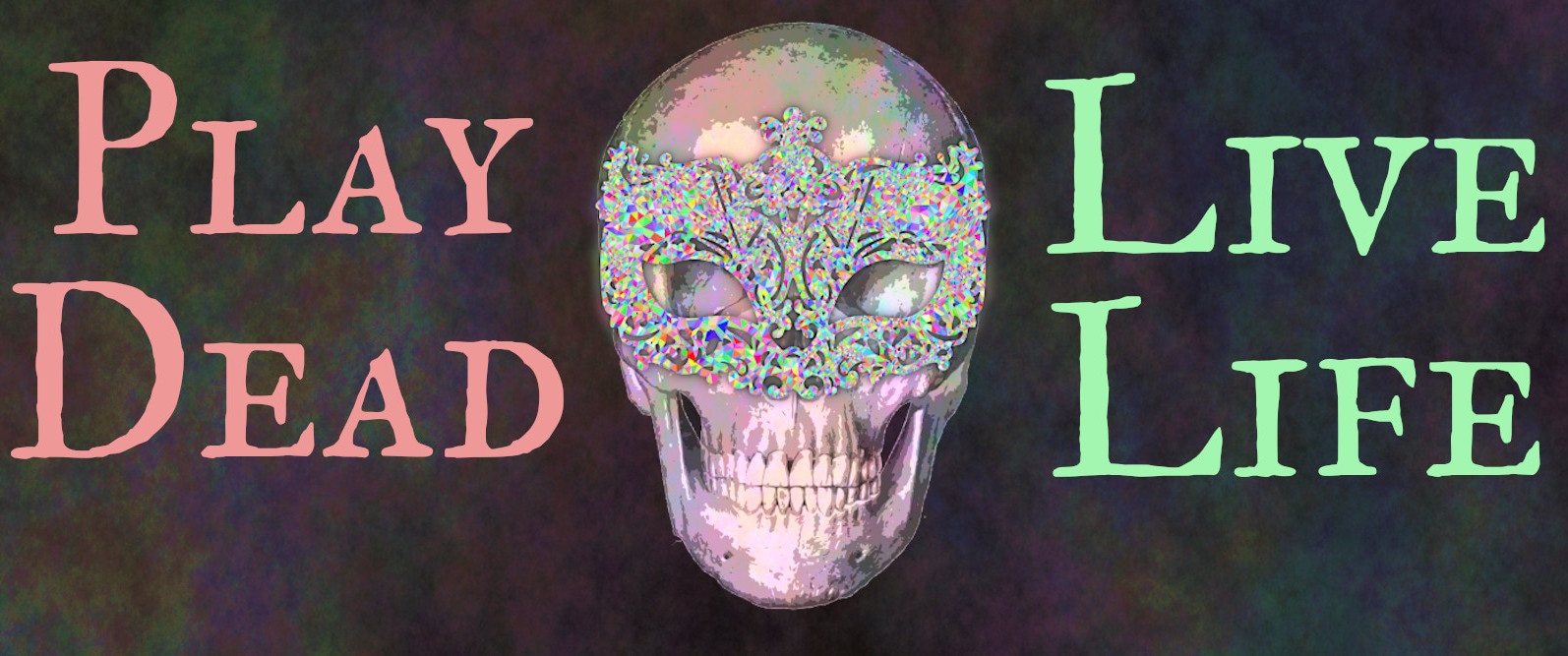
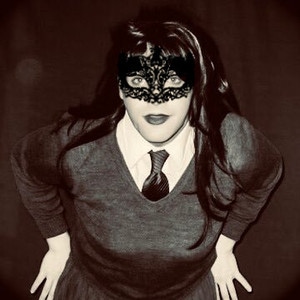
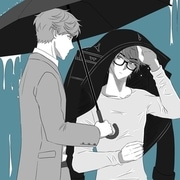
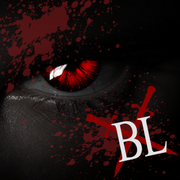
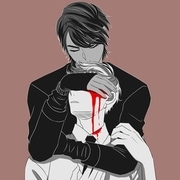
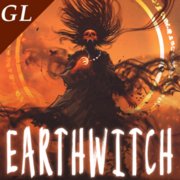
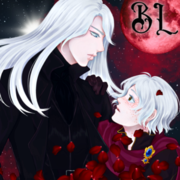
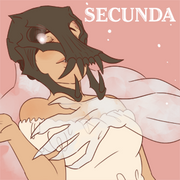

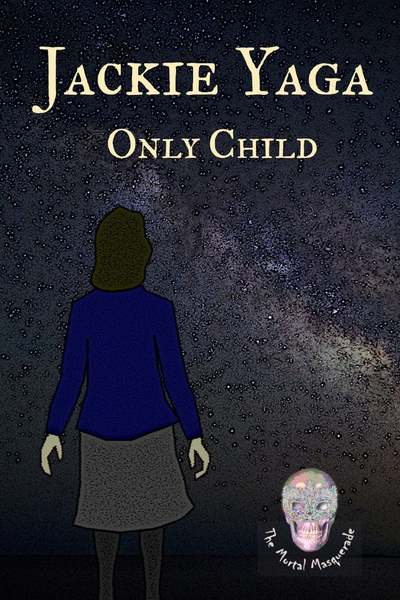
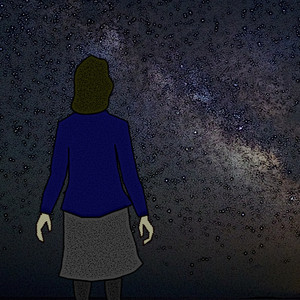
Comments (0)
See all